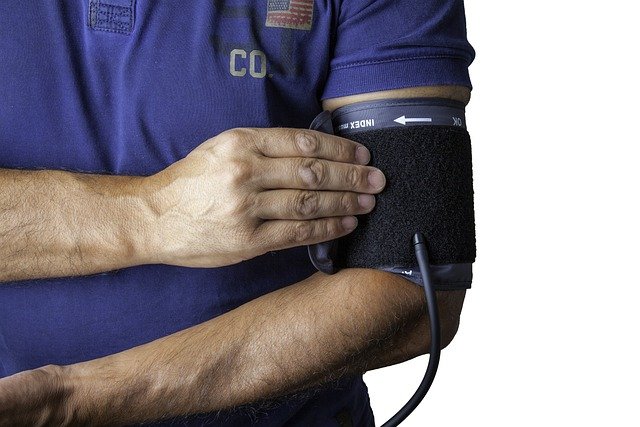Designing data-driven outreach to improve screening uptake
Improving screening uptake requires planned outreach that uses data to identify gaps, reach underserved groups, and measure impact. Data-driven outreach combines demographic, geospatial, and clinical signals to target prevention efforts, streamline referrals, and support adherence. This article outlines practical design elements for programs using telemedicine, monitoring, partnerships, and privacy safeguards.

This article is for informational purposes only and should not be considered medical advice. Please consult a qualified healthcare professional for personalized guidance and treatment.
How can prevention data guide outreach?
Prevention objectives should shape what data are collected and how outreach is prioritized. Combining routine screening results, immunization records, and social determinants enables teams to identify high-risk cohorts and tailor messaging. Incorporating equity metrics helps ensure that outreach does not widen disparities — for example, by tracking response rates by neighborhood or language preference. Data inputs for prevention-driven outreach should also account for supplychain constraints and referral capacity, so invitations lead to timely appointments rather than bottlenecks. Finally, partnerships with community organizations can validate priorities and improve reach into populations with low historical adherence.
What role does telemedicine play in screening?
Telemedicine can lower barriers to initial assessment, triage, and follow-up, expanding access to screening pathways where in-person capacity is limited. Virtual consultations can convert outreach contacts into rapid referrals or at-home test orders, improving convenience and adherence. Integrating telemedicine platforms with screening registries and geospatial scheduling tools helps allocate in-person slots effectively and supports monitoring of patient progress. Privacy safeguards must be embedded in telemedicine workflows to protect health data. Partnerships with local clinics and labs are essential to connect virtual encounters to physical diagnostics and ensure that results feed back into population monitoring.
How to design screening outreach strategies?
Effective screening outreach aligns messaging, channel choice, and timing with the target population. Use segmentation from demographic and geospatial data to decide whether to use SMS, phone calls, community health workers, or clinician-initiated contacts. Coordinate outreach with local services and supplychain realities so that test kits, appointments, and transport options are available when people respond. Referral pathways should be simple and measurable; track conversion from outreach to screening and then to diagnosis or prevention interventions. Measure adherence patterns over time to refine frequency and content of reminders and to support equitable uptake across groups.
How does monitoring support adherence?
Monitoring systems collect data on outreach delivery, appointment attendance, test completion, and follow-up actions. Real-time dashboards help program managers detect drop-offs and deploy targeted re-engagement for people who miss appointments or do not complete tests. Combining behavioral signals with clinical data enables risk-stratified reminders: more frequent prompts for those with chronic conditions, lighter touches for low-risk cohorts. Monitoring must be designed to respect privacy and avoid intrusive surveillance; anonymized aggregate indicators can inform supplychain decisions and partnership adjustments without exposing individual-level details.
How to protect privacy in data-driven programs?
Privacy should be a design constraint from the outset. Apply principles of data minimization, purpose limitation, and explicit consent for outreach communications. Use secure, auditable integrations between telemedicine platforms, screening registries, and referral systems. When sharing data with partners — for example, community clinics or labs — ensure formal agreements that define permitted uses, retention periods, and technical safeguards. Transparent communication with communities about data use, anonymization, and opt-out options supports trust and equity. Regular privacy impact assessments and monitoring of third-party vendors help maintain compliance and reduce risk.
How can geospatial insights improve referrals?
Geospatial analysis reveals where screening needs are concentrated and where transport, facility hours, or workforce shortages create access gaps. Mapping outreach responses against clinic capacity enables smarter routing of referrals and deployment of mobile units or pop-up clinics where they are most effective. Geospatial tools can also optimize supplychain deliveries for test kits and consumables to match anticipated demand. When designing referral networks, consider travel time, language services, and cultural access points to improve equity. Partnerships with local providers and community groups help translate geospatial signals into practical, acceptable referral options.
Conclusion
Designing data-driven outreach for improved screening uptake requires coordinated attention to data sources, delivery channels, and ethical safeguards. Integrating telemedicine, geospatial analysis, and robust monitoring can make outreach more targeted and efficient, while partnerships and supplychain planning ensure that increased demand can be met. Privacy protections and equity-focused metrics are essential to maintain trust and measure true gains in prevention and adherence across communities.





